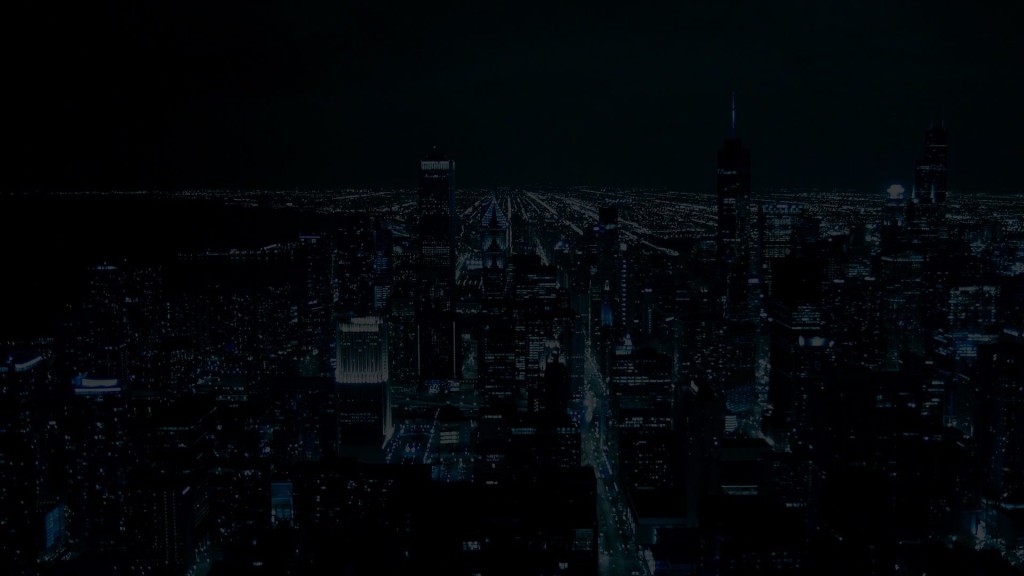What Do Editors Do Anyway?
When I got my first job as an editor, I had no idea the kinds of things I would be doing. Nor did I have a clue how hard it would be to answer this question.
What is it that editors do? And what’s a proofreader?
When I’m asked in passing, my answer is usually not too helpful.
I tell my mother-in-law I write mystery novels and that the proofreader checks that the solution really works.
Then I quickly change the subject. Explaining what editors do is like trying to tell a nonblogger about blogging.
The secret is that editors edit about 35% of the time. They also write, rewrite, check changes, go to meetings, discuss with authors, writers, and other editors, problem solve, and work with illustrators, photographers, and designers, among a variety of other things, such as keeping track of the incredible paper trail a single volume can create.
On top of that not every editor does the same kind of editing. Quite frankly it’s a bit of a wonder that other editors can explain exactly what it is we all do.
Still, if you’re looking to publish a work with your name on it, you’ll want a professional editor to look the piece over for you. It’s a matter of credibility — for you and your brand.
So maybe knowing a little more about editors —
More than just the fact that editors were good at term papers in high school.
— isn’t such a bad idea.
So Many Choices and Only One Manuscript
Editor is a general and a specific term. It means something different in almost every publishing and media company. An editor at one company can be the entry-level position, whereas the Editor at the New York Times decides the content and runs the business. However, there are some basic job roles that fall into the category called Editorial. I’ll define them here and you can use these definitions to determine what sort of editor your work needs.
-
proofreader — a proofreader’s job is to read new live copy against an original for faithful and accurate reproduction of text and corrections. This role is useful if you need to capture new keystrokes for a document you have only on paper. A proofreader would make certain that the new document matched the original exactly without typographical errors or errors that might have been introduced in the process of rekeying.
fact checker — a fact checker reads a manuscript stopping to verify that every statement presented as true is indeed a fact.
copyeditor — a copyeditor works at the word and sentence level, ensuring that the grammar, usage, and mechanics of the language are correct, and the style is consistent throughout the document. Though the copyeditor tinkers with words and sentences, taking great care not to alter the meaning, the focus for the copyeditor is to make the structure sounder and the meaning unambiguous and precise.
line editor — a line editor looks at the paragraph level for sense, style, and clarity. The line editor will suggest moving sentences and changing words to make the prose read more smoothly and the message communicate more clearly. In some companies this role is part of the role above or below it in this list.
book editor / development editor / content editor — the book editor works with the author, reading each chapter for logic, clarity, and readability at the text level, giving suggestions regarding the work. The book editor serves as a pseudo customer, reading and giving feedback, helping the book take final form. Inside the publisher, the book editor champions the book and represents the work in meetings and presentations.
acquisitions editor — an acquisitions editor builds and manages one or more lists or imprints of a publisher and does so by seeking out authors and book projects that meet the publisher’s current needs. Often the acquisition editor will identify the author, work closely with the author until the book concept is well-defined, and then pass the book on to a book editor. An acquisitions editor can be a role that is 50-90% marketing.
Freelancers can be found that have experience for every role. When you want to hire an editor, discuss with editors which parts of your process could benefit from unbiased professional input. Then have the editor suggest what value-added propositions and skills he or she might bring to your work. Ask the editor to explain how he or she might go about the tasks.
When you’ve made a match, use the process in this post 5 + 1 Safety Rules for Dangerous Deadlines: Finding Quality Time to make sure that your work and your relationship go smoothly and in the right direction.
Great editors working with great writers on great manuscripts can only make something outstanding.
Got editorial war stories? I’ll tell mine if you tell yours. Got questions? I’ve got some answers. Maybe we can match some up. Did I leave something out again? Tell me. Folks that are reading need to know about what’s missing too. Thanks.
–ME “Liz” Strauss
If you think Liz can help with a problem you’re having with your writing, check out the Work with Liz!! page in the sidebar.
